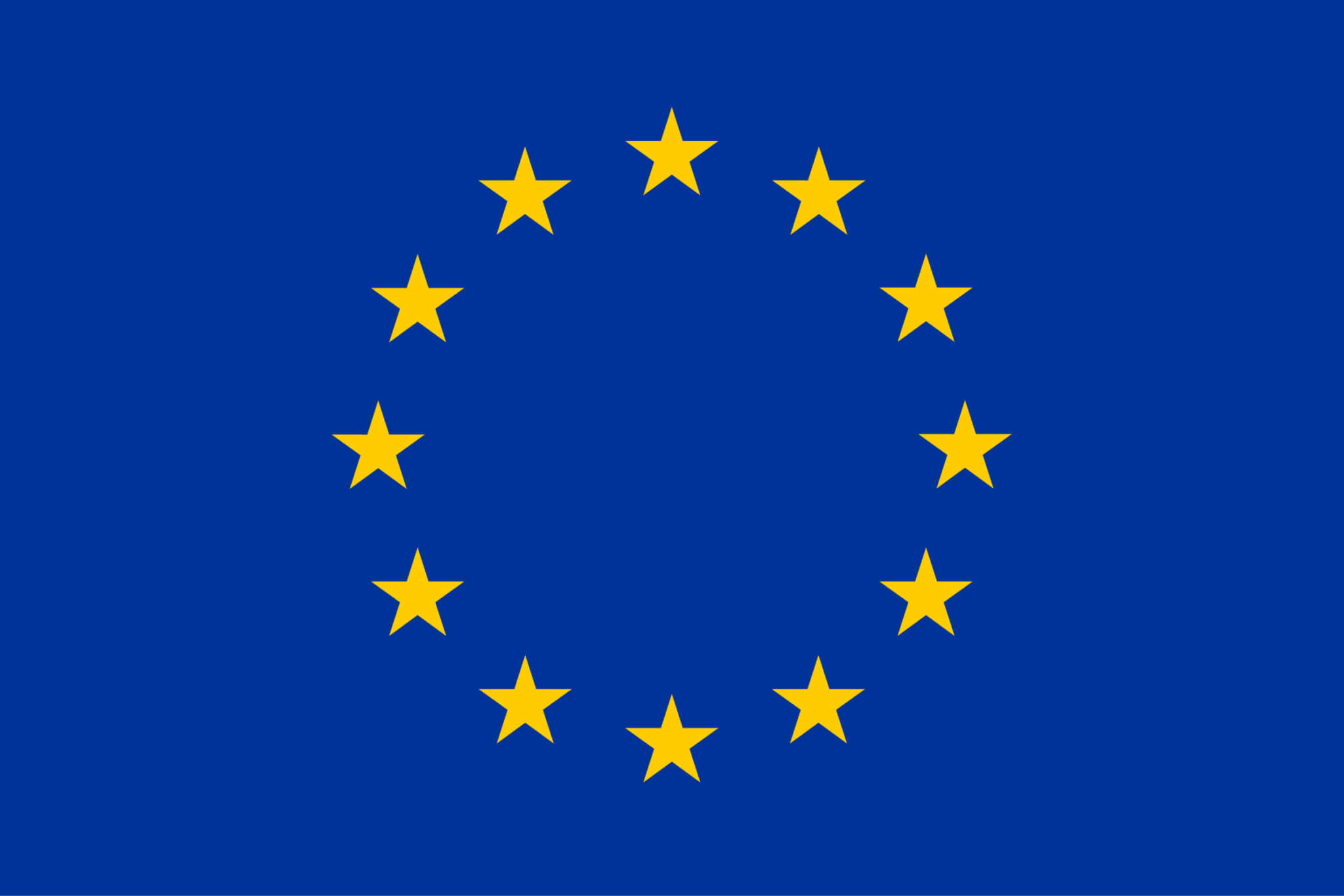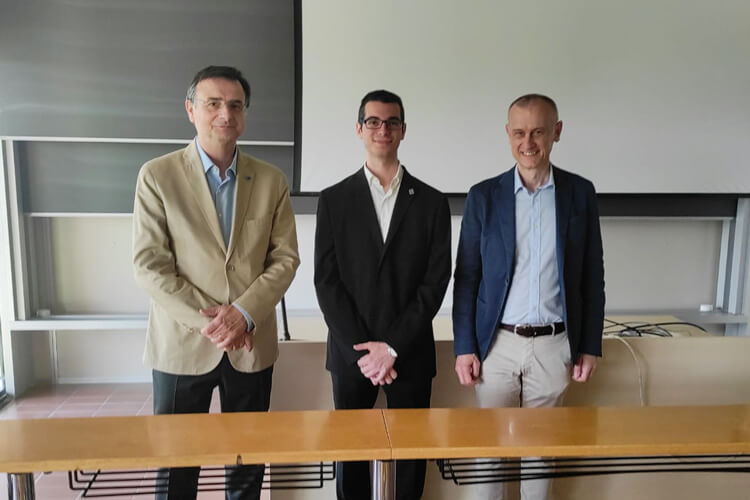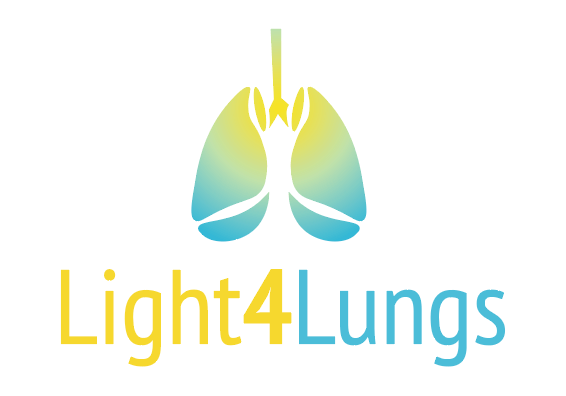New Antimicrobial Photodynamic Platform
Bacterial resistance to antibiotics is one of the most urgent threats to global public health, stemming from the abuse of these drugs and the lack of discovery of new types of antibiotics. It is a silent pandemic that caused a mortality rate of nearly five million deaths in 2019, one that will rise in the future without action or innovation.
Photodynamic therapy (PDT) is a promising technique based on the use of photosensitizers – molecules that can be excited by visible light –that can generate reactive oxygen species that are toxic to the target cell.
The AppLightChem research group at the IQS School of Engineering is made up of specialists in biological photochemistry, and specifically in antimicrobial photodynamic therapies, of which they are a leading reference. Within this group, Dr Andrea Mussini carried out his doctoral thesis entitled “Protein-based targeted delivery systems for antimicrobial photodynamic inactivation.” His thesis was jointly supervised by Dr Santi Nonell from IQS and Dr Cristiano Viappiani from the University of Parma and was defended at the latter university. Dr Mussini earned his doctorate in Chemistry from IQS-Ramon Llull University and his doctorate in Physical Sciences from the University of Parma. This represents just the second time that a doctoral student from IQS-URL has received a dual doctoral degree.
The aim of Dr Mussini’s thesis was to develop new supramolecular complexes for antimicrobial photodynamic therapy targeted against bacteria (aPDT), in particular against the S. aureus bacteria, one of the most worrying ones which is also classified by the WHO as a high priority bacteria.
A protein-based aPDT therapy platform
In his research, Dr Mussini developed a modular approach that allows the photosensitizing agent (PS) to be targeted towards the target bacteria. These are supramolecular complexes formed by three components: the PS agent, the binding system (formed by a protein and a vitamin – biotin), and the targeting system, which is what allows the photoactive unit to be transported towards the target cells.
The approach followed in this research has been very flexible as PS can be modified with appropriate chemical groups that are reactive with the side chains of the amino acids and allow them to bind to the corresponding proteins, in this case, streptavidin. Depending on the molecule or cell where they are targeted, the appropriate targeting protein can be chosen, which can be functionalized with biotin. By joining both parts, the desired supramolecular complex is formed.
Dr Mussini constructed and characterized two different complexes: one that has eosin as the PS and the immunoglobulin G (IgG) antibody as the targeting system, and a second that exploits methylene blue as the PS and the concanavalin A (ConA) protein as the targeting system.
All photochemical characterization of the obtained complexes was carried out at IQS, along with all the biological activity studies in the Microbiology Laboratory. The synthesis of the conjugates and all the association studies in the wall of the bacteria, using various microscopic techniques, were carried out at the University of Parma.
This thesis opens the doors to new photodynamic therapies for the elimination of bacterial systems in an effective and selective way.
Related publication
Andrea Mussini, Eleanora Uriati, Cormac Hally, Santi Nonell, Paolo Bianchini, Alberto Diaspro, Stefano Pongolini, Pietro Delcanale, Stefania Abbruzzeti, and Cristiano Viappiani, Versatile Supramolecular Complex for Targeted Antimicrobial Photodynamic Inactivation, Bioconjugate Chem. 2022, 33, 4, 666–676
This thesis has been carried out within the framework of the Light4Lungs project, funded by the European Commission.
RELATED PEOPLE:
Santi Nonell Marrugat, PhD
RESEARCH GROUP
Applied Photobiological Chemistry
RELATED PROJECTS
LIGHT4LUNGS (Fotones y radicales de O2 para combatir infecciones resistentes a antibioticos)





